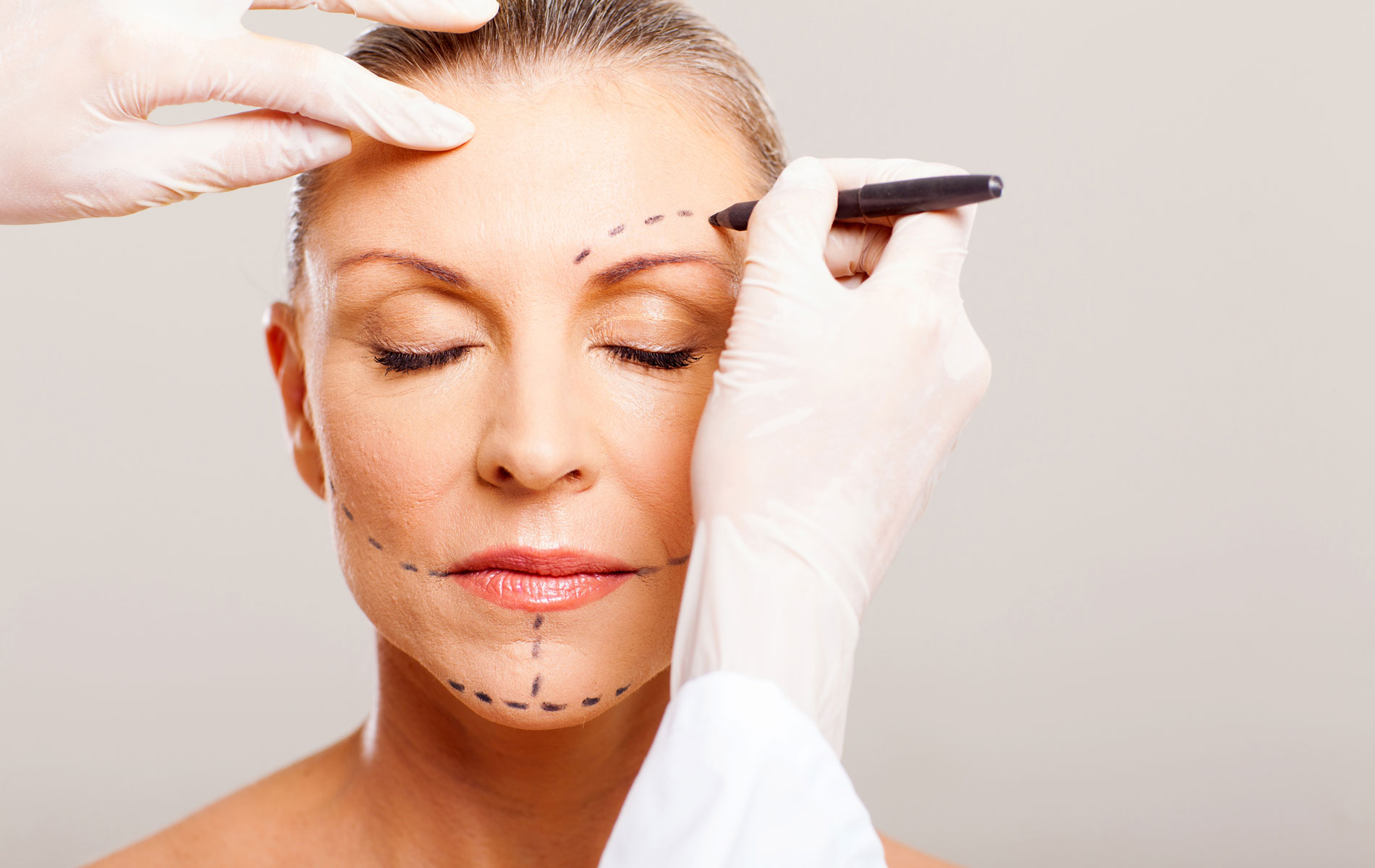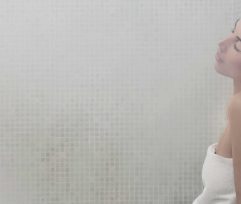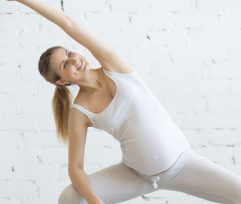Facelift’s are not a new concept. For decades, the quest for youth has led men and women to consider this procedure to minimize the appearance of aging via the strategic removal of skin and the tightening of the muscles in the face and neck.
There are various types of facelifts. A lot more than you may realize. More importantly, the names of facelifts will differ from surgeon to surgeon. And what one doctor titles a ‘mini,’ lift might be the same procedure another doctor calls an SMAS lift. It’s best to understand what procedure it is that you are after, understand what is done in that procedure and work with your doctor to choose the facelift that best works for you.
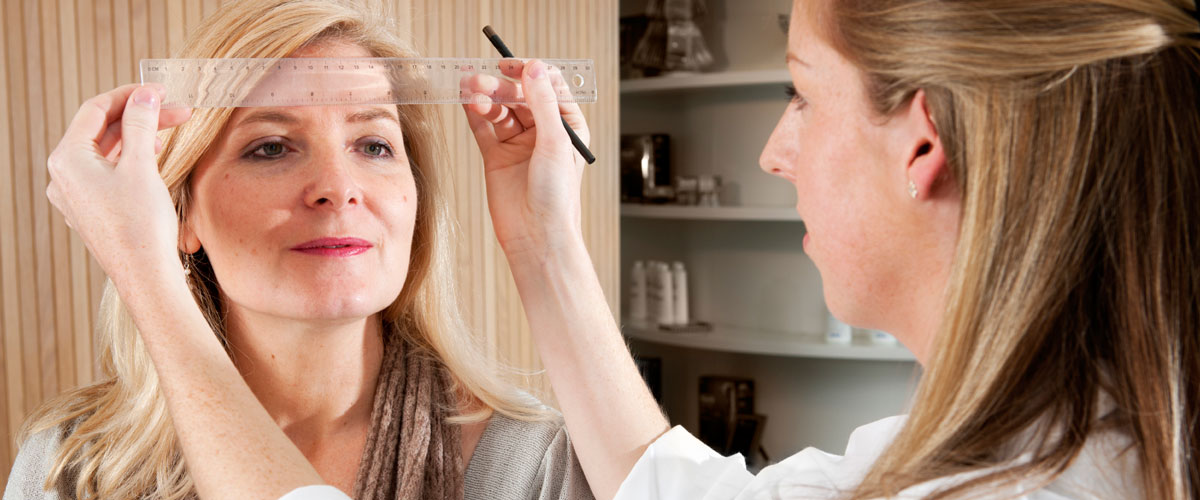
Below are a list of commonly referred to facelifts and definitions. Be sure to check all names against definitions with your doctor, so you can gain a full understanding of the procedures before choosing which one would be best for you.
SMAS (Superficial Muscular Aponuerotic System) Face Lift
 The SMAS describes the deeper layer of muscles under the face and jawline. The SMAS facelift is one where the deeper layers of muscle are lifted as well as the overlaying skin to give the face a more youthful appearance. There are varying opinions as to what part of the face the SMAS facelift addresses. For the most part though, an SMAS facelift refers to the lifting of the cheeks and jawline.
The SMAS describes the deeper layer of muscles under the face and jawline. The SMAS facelift is one where the deeper layers of muscle are lifted as well as the overlaying skin to give the face a more youthful appearance. There are varying opinions as to what part of the face the SMAS facelift addresses. For the most part though, an SMAS facelift refers to the lifting of the cheeks and jawline.
Short Scar MACS (Minimal Access Cranial Suspension)
 The short scar facelift most commonly refers to a facelift with an actual shorter scar than a full-face lift. The scar will typically go from the temple to the bottom of the front of the ear. The skin and muscle that is pulled on the skin will be held up via stitches to the temple on the side of the head.
The short scar facelift most commonly refers to a facelift with an actual shorter scar than a full-face lift. The scar will typically go from the temple to the bottom of the front of the ear. The skin and muscle that is pulled on the skin will be held up via stitches to the temple on the side of the head.
This surgery is best suited to younger patients in their 40s who do not have complaints about the look of their neck.
Mid Face Lift
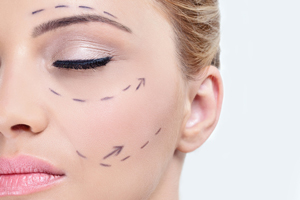 The mid face refers to the area from under the eyes to just under the nose. Any lift to this area of the face is referred to as a mid face lift. This procedure can also be called a cheek lift. A mid facelift is not usually performed on its own, but rather as part of a bigger facelift surgery targeting other parts of the face also.
The mid face refers to the area from under the eyes to just under the nose. Any lift to this area of the face is referred to as a mid face lift. This procedure can also be called a cheek lift. A mid facelift is not usually performed on its own, but rather as part of a bigger facelift surgery targeting other parts of the face also.
A cheek lift is common among younger clients in the facelift pool. They are typically aged in their mid to late 40s.
Lower Face Lift
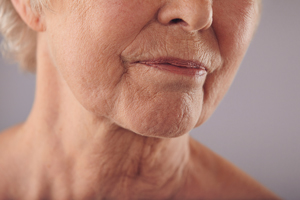 In the world of facelifts the ‘lower face lift,’ most commonly refers to the neck and the jawline of the face. For patients who are not ready for a full facelift but are unhappy with the sagging skin on their neck and jawline, a targeted face-lift to this area might be preferred. This lift can also be combined with other procedures like eyelid surgery or a brow lift.
In the world of facelifts the ‘lower face lift,’ most commonly refers to the neck and the jawline of the face. For patients who are not ready for a full facelift but are unhappy with the sagging skin on their neck and jawline, a targeted face-lift to this area might be preferred. This lift can also be combined with other procedures like eyelid surgery or a brow lift.
Endoscopic Face Lift
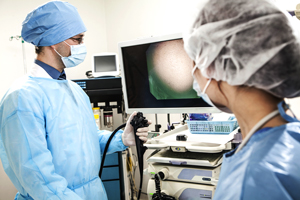 The endoscopic facelift refers to a procedure in which the surgeon uses an endoscope (a very small camera at the end of a thin rod), to guide them in the shifting of tissue under the skin. The camera is inserted under the face via an incision in the temple. The doctor then views the feed on a monitor and performs the surgery in real time. Additional incisions are made where small scalpels and scissors are also inserted that the doctor manipulates to complete the procedure. Typically a mini face lift focuses on the mid face and will not affect the neck and jawline.
The endoscopic facelift refers to a procedure in which the surgeon uses an endoscope (a very small camera at the end of a thin rod), to guide them in the shifting of tissue under the skin. The camera is inserted under the face via an incision in the temple. The doctor then views the feed on a monitor and performs the surgery in real time. Additional incisions are made where small scalpels and scissors are also inserted that the doctor manipulates to complete the procedure. Typically a mini face lift focuses on the mid face and will not affect the neck and jawline.
An endoscopic face-lift can be performed on its own for patients requiring minimal redisposition of fat and tissue, or it can be combined with a fuller face-lift also. Often times an endoscopic facelift is also referred to as a mini facelift.
Thread Lift
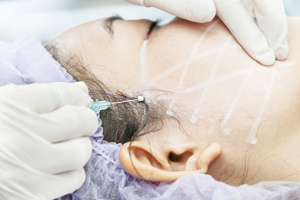 A thread lift is much like its title. It is a procedure in which a needle is inserted under the skin in order to attach a special type of thread to the tissue under the skin. The needle then pulls the thread so to lift the tissue and hold it in a new place.
A thread lift is much like its title. It is a procedure in which a needle is inserted under the skin in order to attach a special type of thread to the tissue under the skin. The needle then pulls the thread so to lift the tissue and hold it in a new place.
There can be more than one thread used if a larger or different area needs to be lifted. This procedure is performed under a local anesthetic typically with sedation also. The patient can view the doctor performing the procedure and comment on the look as it is being revised.
Full Face Lift (Rhytidectomy)
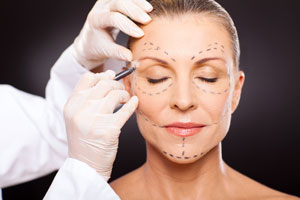 A rhytidectomy, commonly referred to as a traditional ‘face lift’ addresses as many signs of aging in the face and neck as medically possible. This is the crème de la crème of facelifts. A patient can have multiple areas of their face and neck altered and lifted including their brows, eyelids, cheeks, jawline and neck. It addresses wrinkles, excess fat and the positioning of outer skin on the face and neck.
A rhytidectomy, commonly referred to as a traditional ‘face lift’ addresses as many signs of aging in the face and neck as medically possible. This is the crème de la crème of facelifts. A patient can have multiple areas of their face and neck altered and lifted including their brows, eyelids, cheeks, jawline and neck. It addresses wrinkles, excess fat and the positioning of outer skin on the face and neck.
The main thing that distinguishes a full-face lift from the other types is the size of the incision. A full facelift has the largest incision of all the procedures mentioned here. The cut starts at the temple, goes to the fold in the back of the ear and ends at the back of ones head at the base of the scalp in the hairline. More often than not, the full-face lift is combined with an incision in the chin and with a brow lift or eyelid surgery.
Ideal candidate
Each of the above mentioned procedures have their own criteria for what makes an ideal candidate. Generally speaking though, younger patients in their 40s are the ideal candidates for most smaller facelifts and patients in their 50s and 60s are best suited for a fuller more comprehensive face lift. The latter has noticeable signs of aging on their face and neck and would most probably like to address both.

In general, candidates should be healthy and aware that a face-lift of any kind will not correct mental distortions that lead one to believe they’re unhappy with their look. It is most important that the patient be assured in their self worth and have positive self-esteem. The best candidate for a face-lift will have goals to look forward too and a healthy outlook on their face and life in general.
Face Lift Recovery
Recovery is different for each patient and also depends on what type of face-lift they undergo. Typically after a full face lift the patient will feel nauseous and tired. They will also notice significant bruising and swelling in the face and neck.
Bruising – It is difficult to predict the amount of bruising patients will experience. If you are the type of patient that bruises easily you can probably assume that you will have more bruising than someone who does not bruise easily. In any event, the bruising will increase in the first 48 to 72 hours post surgery before it starts to die down. After a few days have passed you will be able to cover your bruises with make up. Be sure to consult your doctor on when you can start applying make up. It will vary from patient to patient.
 Swelling – The areas altered by the surgery will most definitely be swollen. Keep in mind however, most patients feel more swollen than they actually are. This is a result of the numbness post surgery that you might also be feeling. Numbness typically manifests itself as a feeling of swelling. The majority of the swelling will die down in the first ten days after surgery. By the one-month mark, the patient will be able to see the results of their face lift a little better. The bulk of the results minus the swelling will become apparent after three to six months.
Swelling – The areas altered by the surgery will most definitely be swollen. Keep in mind however, most patients feel more swollen than they actually are. This is a result of the numbness post surgery that you might also be feeling. Numbness typically manifests itself as a feeling of swelling. The majority of the swelling will die down in the first ten days after surgery. By the one-month mark, the patient will be able to see the results of their face lift a little better. The bulk of the results minus the swelling will become apparent after three to six months.
Patients usually return to work when they feel the swelling has gotten to a point where people wont be able to notice that you just had a facelift. For the majority of patients, up to 70% of the swelling can die down by the end of the second week and this is when they can return to work. But for others, they may not want to resume work until the majority of the swelling has disappeared. This commonly happens at the two-month mark.
Numbness can last for up to a year on certain parts of the face. It can be normal for nerve endings to take this amount of time to reconnect.
 Rest – It is most important for patients to rest appropriately after a facelift. You may be instructed to rest anywhere from 7 to 14 days depending on the type of lift conducted. It is most important to keep the head elevated when resting to avoid further swelling. A pillow may not be the best option as it could put pressure on the back of your head where the stitches finish. Your doctor will advise you on the firmness required for your rest area.
Rest – It is most important for patients to rest appropriately after a facelift. You may be instructed to rest anywhere from 7 to 14 days depending on the type of lift conducted. It is most important to keep the head elevated when resting to avoid further swelling. A pillow may not be the best option as it could put pressure on the back of your head where the stitches finish. Your doctor will advise you on the firmness required for your rest area.
A lot of patients will be instructed to only drink fluids for up to 72 hours after surgery. Bathing is allowed as long as the head, face and neck are not exposed to water.
 Painkillers – your doctor will have prescribed painkillers to aid in your recovery and antibiotics to prevent infection. If you add any over the counter pain medication to your regime be sure to consult your doctor as most surgeons will not allow the use of any aspirin products after a full-face lift.
Painkillers – your doctor will have prescribed painkillers to aid in your recovery and antibiotics to prevent infection. If you add any over the counter pain medication to your regime be sure to consult your doctor as most surgeons will not allow the use of any aspirin products after a full-face lift.
There are certain things that must be avoided after surgery. Patients should not conduct any exercise or strenuous activity for at least a month after surgery. Bending and lifting motions are also not allowed for this time. The face is in a very delicate place after a lift. It is most important that no extreme facial expressions are made during recovery. Any pressure applied to the face can harm the recovery process.
Risks – As with any procedure there are risks that could occur. Patients could experience excessive scarring that lasts up to two months before it disappears. Apart from the risks of general anesthesia, other risks include bleeding, infection and being unhappy with the result of your surgery. Be sure to consult your doctor to see if you are more susceptible to any of these.

